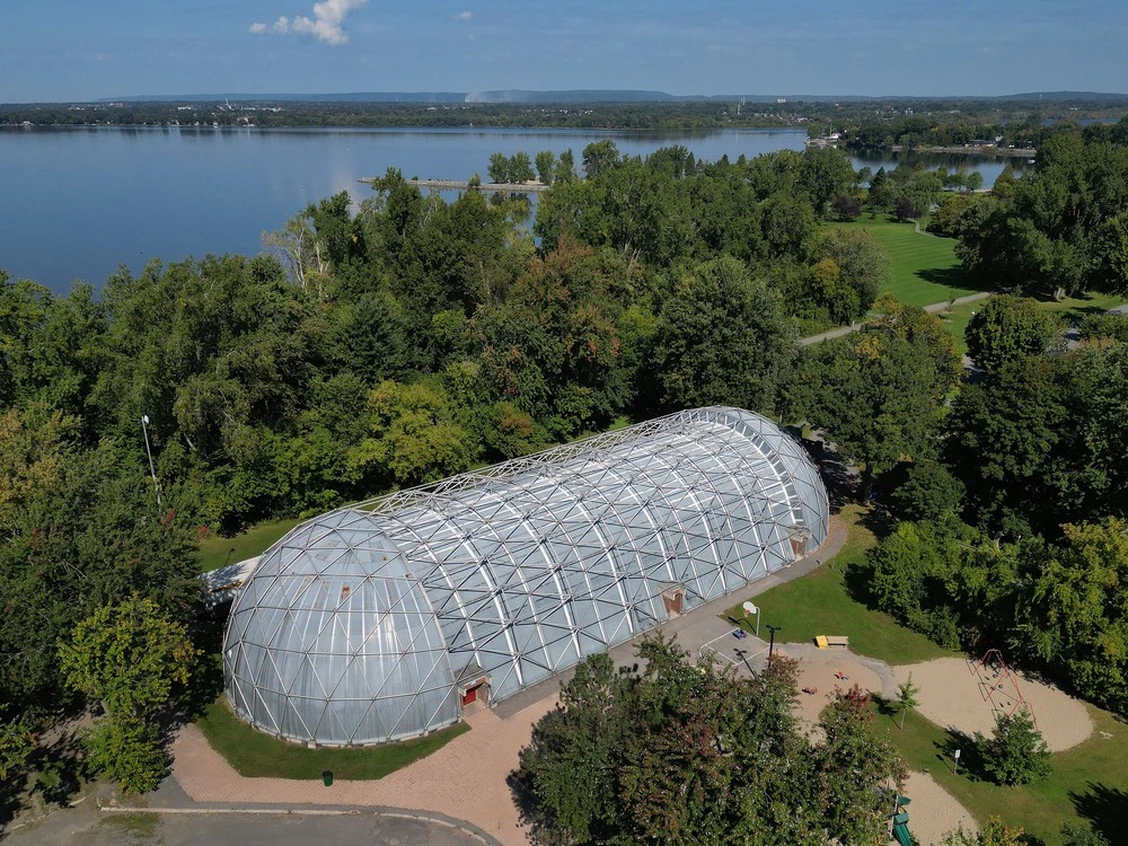Can the city spend smarter on its ‘social’ infrastructure?

Last week, news broke about the City of Ottawa’s $10.8 billion infrastructure gap. This gap is not a surprise. Nor is it a complete picture of the gaps in our funding.
The dollar figures presented last week are eye-watering, to be sure. But they also only reflect things we rarely see, until they break. Pipes for water, sewers and stormwater are critical services our city needs. They are concealed, out of sight, beneath roads and rarely do we get a glimpse of their existence unless there is some catastrophic failure, opening up a sinkhole in the middle of our commute.
But that is only part of the picture.
Looking at other Asset Management Plans, we have $3.8 billion worth of community centres, parks, arenas and cultural facilities; most are 40 years old or more and half of them are in fair to very poor condition. These facilities are essential parts of our city, just like pipes and paving, and are critical to creating a vibrant social community.
Then there are some $213 million dollars’ worth of library facilities, more than half of which are in fair to poor condition.
Together, this social infrastructure is worth billions of dollars and needs critical investment. If we don’t invest, we’ll have thrown away the value of past generational investment and deprive current and future generations of the places that make a city livable.
Prudent planning, the responsibility of every property owner, is to know the age and lifespan of the assets you own and budget accordingly. While Asset Management Plans have been prepared, our city council hasn’t made the necessary difficult decisions.
These are the direct legacy of decades of underfunding essential maintenance and repairs. They are also impossible to meet when politicians target tax increases of no more than 2 to 2.5 percent and continue to waste money on inefficiencies.
The cost of this infrastructure renewal are not covered by development charges. User fees should be discouraged as they can create an inequitable barrier to the public who has paid for these facilities and services through their taxes. To meet the funding gap, we need to raise tax revenue or take on additional debt.
The City of Ottawa is an ardent supporter of the Federation of Canadian Municipalities (FCM). Councillor Tierny is the current First Vice-President and Councillor Dudas is on the Board of Directors. Mayor Sutcliff spoke at the FCM conference here in Ottawa in May. There is clearly a strong connection between the FCM and senior leaders within the City.
Here is where these two subjects connect: the FCM publishes many guidelines for municipalities to use. One, an Infraguide on Selecting a Professional Consultant, shows exactly how we can make better use of precious tax dollars, create better value for the public and save money. City of Ottawa staff were even involved in the preparation of this guide.
The guide outlines how a sample infrastructure costing $2 million might have a design cost of $200,000 but an operation and maintenance (O&M) cost of $9 million. If a 5% reduction in O&M can be achieved through design innovation, that would save $450,000. If that added innovation takes effort (it does) and costs 20% more design fee ($40,000), that is an 11:1 return on investment.
The guide goes on to discuss how consultants are selected for projects and recommends a multi-stage process: a short list of qualified firms is chosen through a public process (a Request for Expressions of Interest); the consultants then bid, proposing creative and innovative solutions in a competition model that is predicated on all qualified firms having the same fee for the work. Just like hiring employees, that fee (salary) is disclosed up front, allowing bidders (applicants) to know what they are in for. We do this every day in human resources, so why not when making multi-million dollar decisions on critical infrastructure?
This makes for a shorter, faster selection process; it saves staff time to administer a conventional Request for Proposal and reduces the guesswork bidders have to factor into their effort. If all shortlisted firms are equally qualified, and will be equally paid, then the best ideas can rise to the surface.
That best idea may not be perfect. But it is a starting point for being able to enter discussions and refine how that idea can be implemented.
A community representative can be part of the selection process, reflecting the needs of the community in decision-making. For some projects, the presentations can also be public, allowing for a diverse and meaningful engagement process.
We can create better outcomes. We can meet our infrastructure needs in a socially responsible way with better results and better value. We can create the city we aspire to be, leveraging the partnerships we have, the guidelines they produce, and listening to the advice of trusted partners who want nothing but success for the city we call home.
By Toon Dreessen
Originally published in Ottawa Citizen.
Photo by TONY CALDWELL/ POSTMEDIA: The Belltown Dome hockey rink in Ottawa: Social infrastructure is worth billions and needs critical investment.